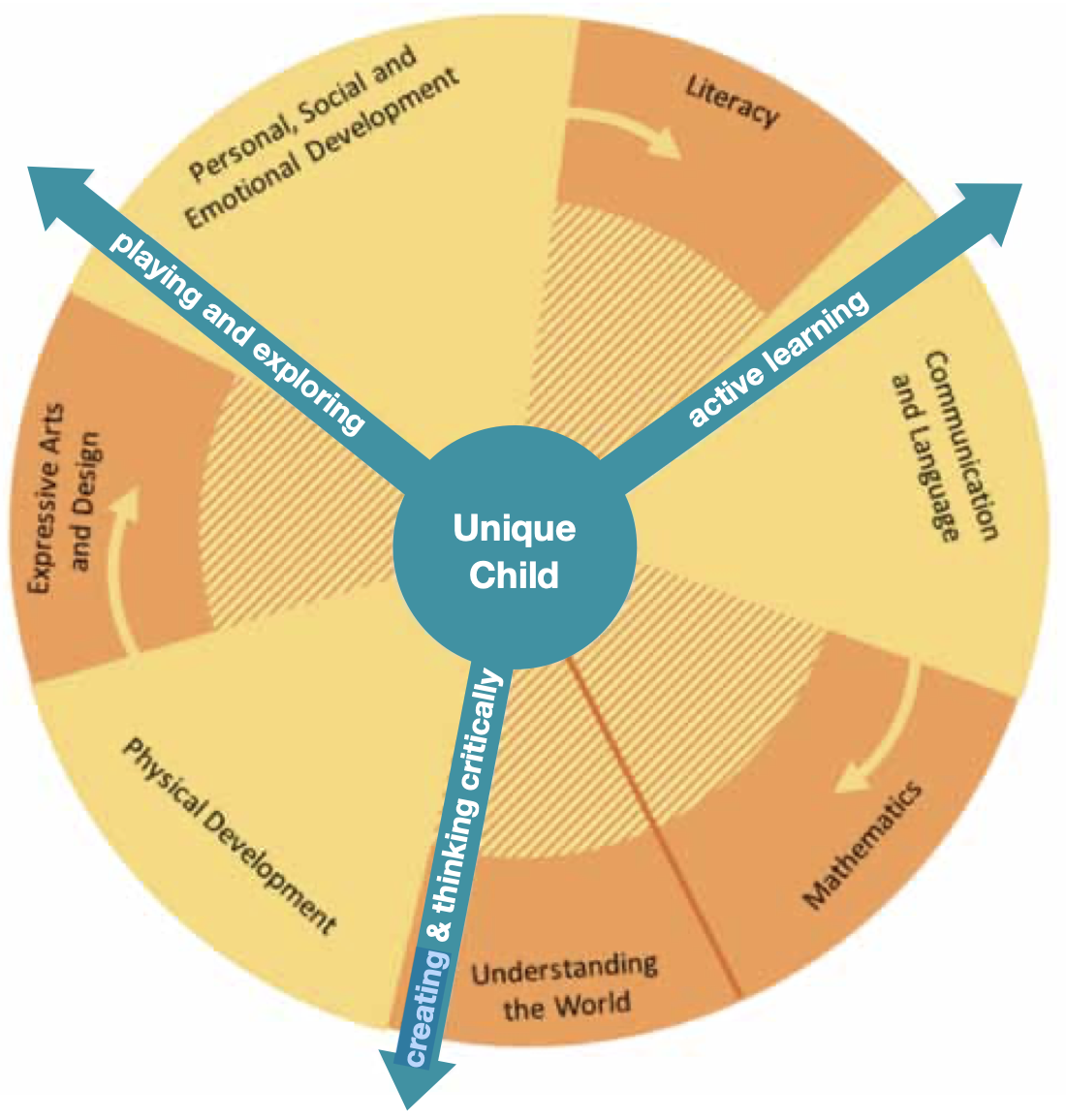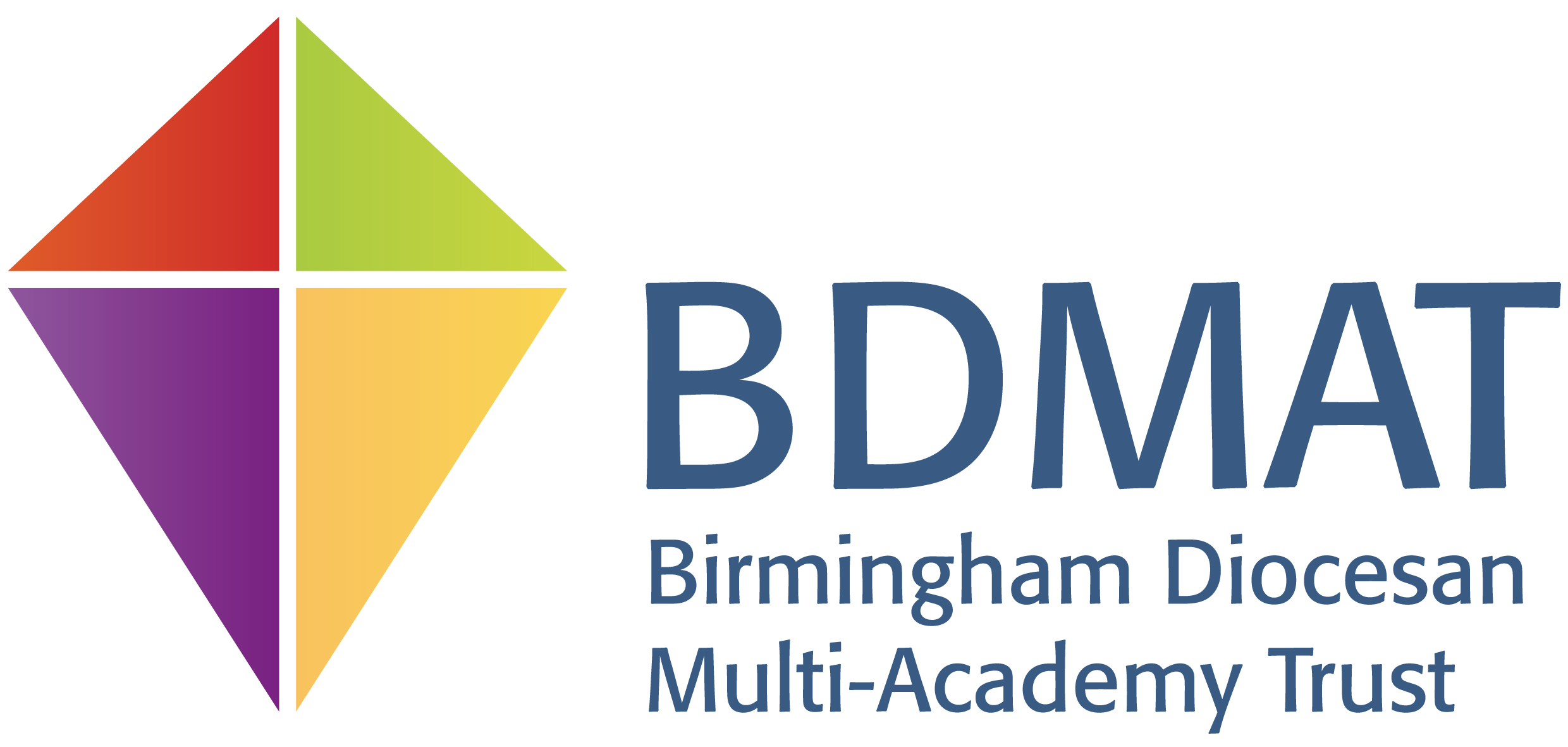Teaching and Learning
How do our children learn?
Our approach to teaching and learning involves an appropriate balance of both adult-led and child-led learning that focuses on developing core skills and knowledge. All activities are specific to children’s needs and provide appropriate challenge. All children complete a number of focus activities weekly with an adult. These are often linked to Literacy and Maths and are planned, guided learning activities where an individual or group work with a member of staff towards achieving specific targets.
In addition to this, pupils are able to access child-led activities through continuous provision daily. Staff are trained to observe, join in, extend and develop children’s play and learning through high quality interactions and effective questioning during this time. Our curriculum is balanced with learning that stems from the children’s interests. Continuous provision plans are flexible and follow children’s fascinations within the topic. Children learn a huge amount through the play they choose. We will help maximise this learning by making sure we provide a high-quality learning environment.
Each half term, there are a set of core and enhancement texts for each topic. As we introduce these texts, the classroom areas will be enhanced with resources, provocations or activities to spark the children’s curiosity, develop their exploration and play, extend/challenge their learning and practise key skills. Enhancements will often be themed and linked to the core text. They are added and changed as and when needed. Enhancements add breadth and increase opportunities for the children to develop knowledge and skills across the curriculum.
Our staff help children to learn through continuous provision in many encouraging, thoughtful and gently challenging ways. These include:
- creating a rich and stimulating environment, indoors and outside, so that children can choose their own play and activities
- joining in with children’s play when appropriate, and sensitively introducing challenges and new ideas
- setting challenges for children in a sensitive way and allowing them to find their own solutions to problems
- showing children how to do things (modelling) and explaining how to do things
- scaffolding learning so that pupils can tackle new problems
- encouraging children to collaborate and learn from each other
- guiding children’s learning in a playful way
- discussing ideas with children, using skilful questioning and challenging their thinking to help them clarify their understanding of ideas
- commenting on what children are doing
- directly teaching children a new skill, concept or an important piece of information
- using ICT to support children’s learning
Characteristics of Effective Learning
In planning and guiding children's activities, our early years staff reflect on the different ways that children learn, and then promote these in their practice. The Characteristics of Effective Learning describe how children learn. These learning dispositions, behaviours and habits of mind are particularly important because they build the foundations needed to support children to become strong lifelong learners and independent thinkers.
Three Characteristics of Effective Teaching and Learning identified by the EYFS are:
- Playing and exploring - Children are finding out and exploring, playing with what they know and are willing to have a go at new things.
- Active learning - Children are involved in what they are doing and concentrating, they keep trying and enjoy achieving what they set out to do.
- Creating and thinking critically - Children have their own ideas, make links and choose ways to do things.
The Characteristics of Effective Learning and the Prime and Specific Areas of Learning and Development are all inter-connected. Different elements of learning are identified in the EYFS, to make the complex picture of learning clearer. But children’s learning is not compartmentalised and many or all of these elements are in action at the same time as children interact with people and things.




